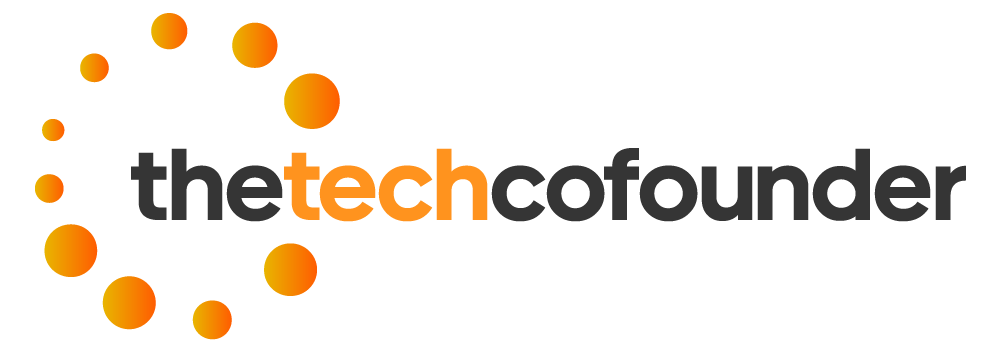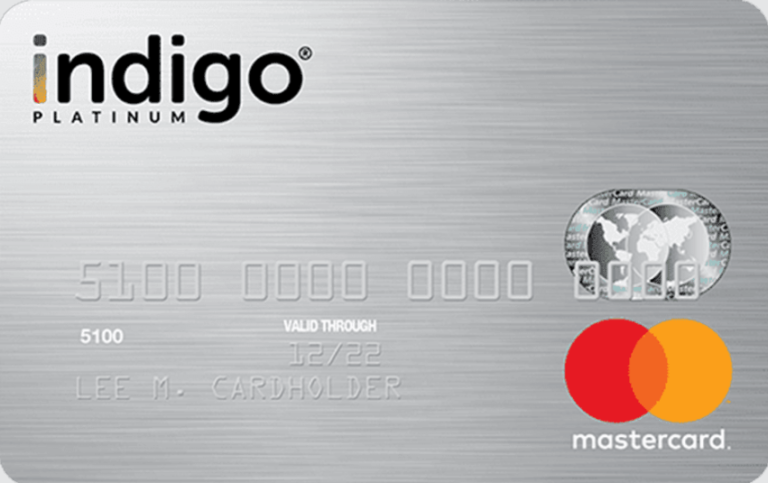In 2025, over-the-top (OTT) advertising has solidified its place as a cornerstone of digital marketing, with platforms like Roku, Hulu, and Peacock commanding massive audiences. These streaming services offer brands unparalleled opportunities to deliver targeted, non-skippable ads in a premium, brand-safe environment, driving engagement and conversions. By examining OTT advertising examples, marketers can glean insights from real-world campaigns that achieved measurable success. This article showcases three distinct OTT campaigns, highlighting their strategies, execution, and outcomes, while offering lessons for advertisers aiming to harness the power of streaming platforms.
The Rise of OTT as a Marketing Powerhouse
OTT platforms have transformed how brands connect with consumers, reaching over 80 million households on Roku, 152 million ad-supported viewers on Hulu, and 110 million users on Peacock in 2025. Unlike traditional TV, OTT delivers ads with precision, leveraging first-party data to target specific demographics, behaviors, and content preferences. With 48% higher engagement rates than social media ads, according to 2024 industry data, OTT campaigns excel in premium environments where viewers are immersed in content like live sports, exclusive series, and blockbuster films.
The success of OTT advertising lies in its ability to blend scale with personalization, supported by innovative ad formats like shoppable ads and interactive overlays. By exploring OTT advertising examples, brands can understand how to craft campaigns that resonate, optimize performance, and deliver tangible results in a competitive digital landscape.
Case Study 1: Ogee’s Shoppable Success on Roku
Ogee, a luxury organic skincare brand, sought to expand its direct-to-consumer (DTC) reach by targeting affluent, eco-conscious consumers. In 2024, Ogee launched a campaign on The Roku Channel, leveraging Roku Ads Manager’s shoppable ad format to drive online sales. The campaign aimed to increase brand awareness and conversions among viewers of lifestyle and wellness content.
Ogee’s 15-second video ad featured a sleek montage of its Jojoba Glow Face Oil, with a QR code prompting viewers to shop directly from their devices. The ad targeted women aged 25–54 in urban areas with household incomes above $100,000. Roku’s first-party data, combined with Walmart purchase insights, ensured precise audience segmentation. The campaign ran during the fall, aligning with seasonal skincare trends to boost relevance.
Results:
- 300% increase in website traffic
- 25% of QR code scans led to purchases
- $150,000 in sales attributed directly to the campaign
- CPM averaged $15, demonstrating strong cost efficiency
Case Study 2: DonorsChoose’s Awareness Campaign on Hulu
DonorsChoose, a nonprofit crowdfunding platform for public school teachers, launched a 2024 back-to-school campaign to increase awareness and donations. Partnering with performance platform MNTN, the organization advertised on Hulu, targeting parents and educators in suburban and urban markets.
The campaign used 30-second in-stream video ads showcasing student success stories, with a call-to-action to visit DonorsChoose.org. Hulu’s genre-based targeting focused on viewers aged 30–55 watching family-oriented or educational content. The campaign also tested Hulu’s ad selector format, letting viewers choose between two ad versions—one highlighting student impact and another focusing on teacher empowerment. The campaign ran in August and September with a $10,000 budget.
Results:
- 2 million impressions
- 45% increase in website traffic
- 20% rise in donations
- 30% of contributions attributed to Hulu ad exposure
- Ad selector format delivered 150% higher recall than standard ads
Case Study 3: A Retail Giant’s Live Event Strategy on Peacock
A major national retailer executed a high-impact campaign with Peacock during NBCUniversal’s NFL Thanksgiving Day coverage in late 2024. The goal was to promote electronics and gift products during the holiday shopping season and drive in-store and online traffic.
The campaign included 30-second marquee ads shown during game breaks and shoppable ads featuring QR codes for instant purchases. It targeted men and women aged 18–49 in key retail markets, using Peacock’s first-party data to identify sports and entertainment viewers. Executed through a direct deal with NBCUniversal, the campaign had a $50,000 budget.
Results:
- Reached 5 million unique viewers
- 40% brand awareness lift (Nielsen study)
- 10,000 QR scans leading to $200,000 in online sales
- 15% increase in in-store traffic in key markets
- CPM averaged $35, with ROI justifying premium placement
Lessons from OTT Success Stories
These campaigns reveal key principles of effective OTT advertising:
- Data-Driven Targeting: Each brand utilized platform-specific insights—Roku’s shopper data, Hulu’s genre preferences, and Peacock’s event-based audiences—to ensure precise delivery.
- High-Quality Creative: Ads were designed for engagement, with clear calls-to-action and seamless shopping integrations. Visual storytelling aligned with each platform’s content environment.
- Strategic Timing: Campaigns leveraged seasonal relevance—back-to-school for DonorsChoose and holiday shopping for the retailer—to maximize audience interest.
- Robust Attribution: Tools like Shopify, MNTN, and LiveRamp enabled cross-device tracking and direct attribution of sales and donations to OTT ads.
Strategies for Applying OTT Lessons
Advertisers looking to replicate these results should:
- Define Clear Objectives: Align campaigns with KPIs such as impressions, conversions, or brand lift.
- Test and Iterate: Use platform analytics to experiment with segments, formats, and scheduling. A/B testing different creatives and audience groups can reveal performance patterns.
- Balance Budget with Impact: Start small with self-service platforms like Roku Ads Manager, or go big with direct deals for live events on Peacock if the campaign warrants it.
- Integrate Across Channels: Use OTT as part of a broader marketing mix, retargeting OTT viewers via social or search, and using cross-channel attribution to measure total impact.
The Future of OTT Campaign Innovation
These OTT advertising examples underscore the channel’s growing value in a competitive media landscape. As streaming platforms continue to innovate with AI-powered personalization, immersive formats, and shoppable integrations, advertisers will have even more tools to engage viewers.
Identity solutions like UID2 and clean room technologies will ensure privacy-compliant attribution, while advances in cross-device analytics will further refine targeting and measurement. With global CTV ad spend projected to reach $30 billion by 2027, brands that embrace OTT’s full capabilities—data, creative, and strategy—will be positioned to thrive.
By learning from proven campaigns like those of Ogee, DonorsChoose, and the national retailer, marketers can unlock the full potential of OTT advertising, forging meaningful connections and delivering measurable results in 2025 and beyond.







